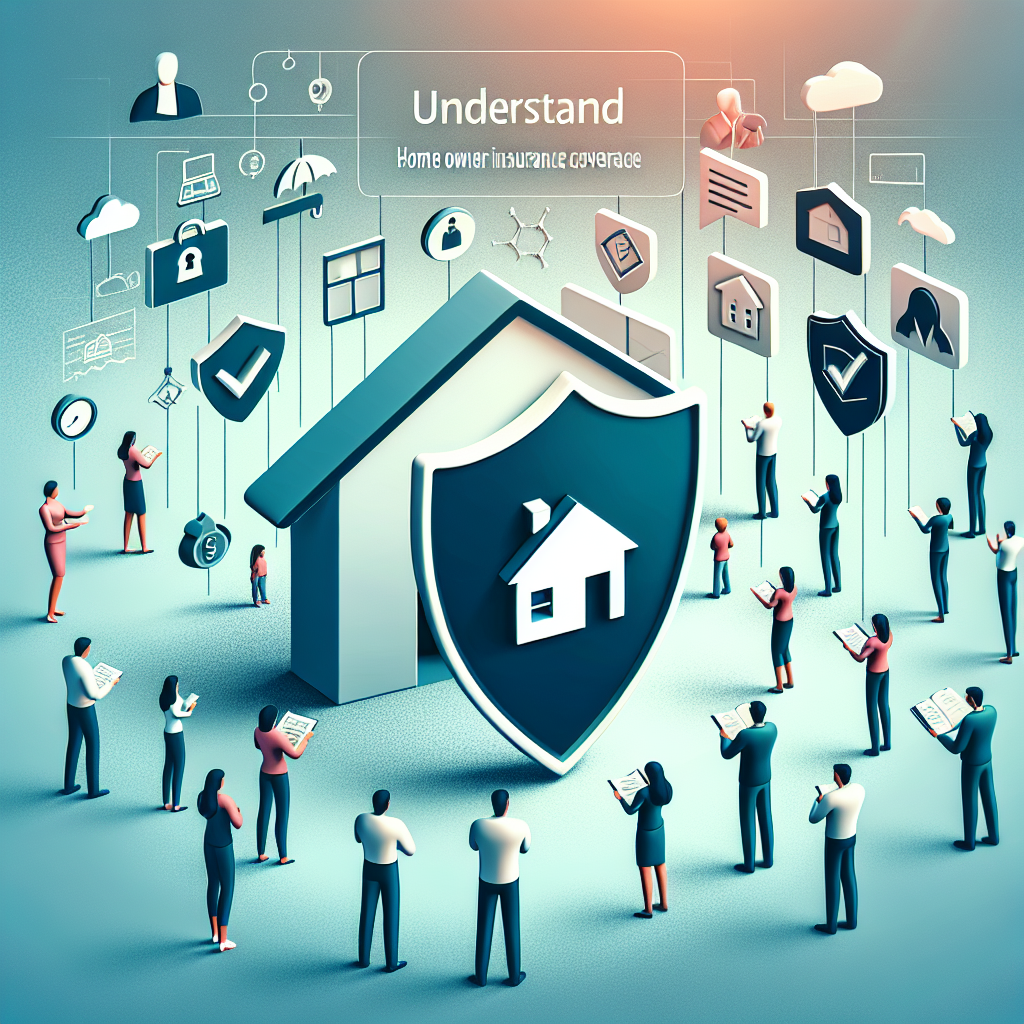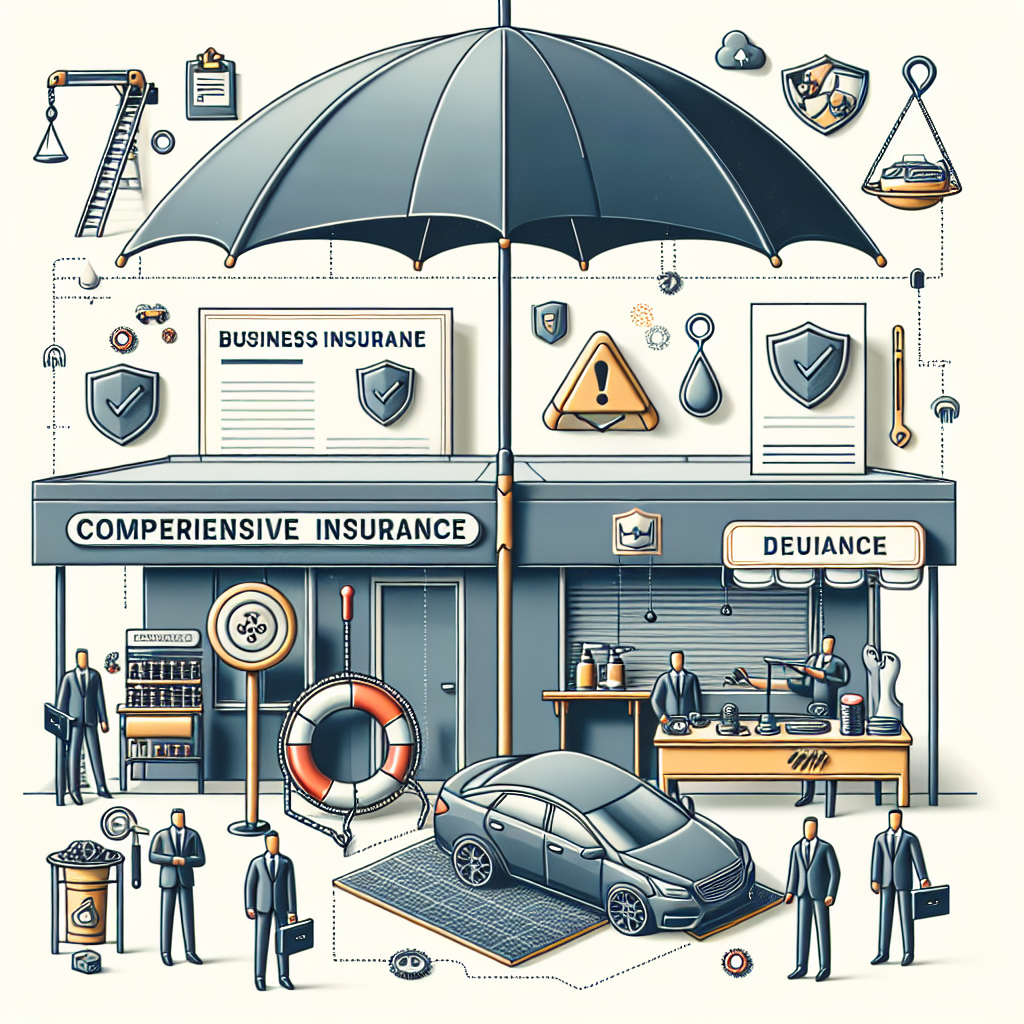Filed under Home Insurance on
Understanding Home Owner Insurance Coverage Basics

Homeowner insurance, a cornerstone of financial security for property owners, is often overlooked in its complexity and comprehensive coverage options. Understanding homeowner insurance coverage basics is crucial for making informed decisions that protect your most valuable asset—your home.
What is Homeowner Insurance?
Homeowner insurance is a policy that provides financial protection against various risks associated with owning a home. These risks can include damage from natural disasters, theft, and liability for accidents that occur on your property. At its core, homeowner insurance is designed to safeguard both your physical dwelling and its associated liabilities.
Components of Homeowner Insurance
1. Dwelling Coverage
Dwelling coverage is the backbone of all homeowner insurance policies. It protects the structure of your home, including the walls, roof, and any attached structures like garages. In the event of covered perils such as fires or storms, dwelling coverage ensures you can rebuild or repair your home.
2. Personal Property Coverage
Beyond the physical structure, your personal belongings hold significant value. Personal property coverage extends to items inside your home, such as furniture, electronics, and clothing. This aspect of homeowner insurance is vital for safeguarding your possessions from risks like theft or damage.
3. Liability Protection
Accidents happen, and when they occur on your property, you could be held liable. Liability protection covers legal fees and damages if someone is injured while on your property. This coverage is crucial for mitigating financial risks associated with lawsuits and medical expenses.
4. Additional Living Expenses (ALE)
If your home is rendered uninhabitable due to a covered event, additional living expenses become a critical component of your homeowner insurance. ALE covers the cost of temporary housing, meals, and other expenses incurred while your home is being repaired or rebuilt.
Types of Covered Perils
Understanding which risks are covered by your homeowner insurance policy is essential. Common covered perils typically include:
- Fire and smoke damage
- Windstorms and hail
- Theft and vandalism
- Water damage from plumbing failures
- Explosions
Each policy is unique, so it's important to review your individual coverage to know exactly what risks you are protected against.
Exclusions in Homeowner Insurance
While homeowner insurance offers broad protection, some events are typically excluded. Common exclusions include:
- Floods
- Earthquakes
- Normal wear and tear
- Pests and mold damage
For excluded events like floods and earthquakes, separate insurance policies can be purchased for added protection.
How to Choose the Right Policy
Selecting the appropriate homeowner insurance coverage involves assessing your home's value, potential risks, and personal financial situation. Here are some steps to guide you:
1. Evaluate Your Home's Replacement Cost
Determine the amount it would cost to rebuild your home from the ground up. This ensures that your dwelling coverage is sufficient to cover complete reconstruction.
2. Inventory Your Personal Belongings
Create a comprehensive list of your possessions, including their estimated value. This helps in deciding the appropriate level of personal property coverage.
3. Assess Liability Coverage Needs
Consider factors like the size of your property and whether you have attractive nuisances such as a pool. Higher liability limits may be necessary to shield against potential lawsuits.
4. Compare Quotes from Multiple Insurers
Different insurance providers offer varying rates and coverage options. Shop around and compare policies to find the best match for your needs and budget.
Industry Trends and Considerations
Impact of Climate Change
As climate change intensifies, so do the risks posed by natural disasters. Homeowners are increasingly seeking policies that offer coverage for these growing threats. Some insurers are adapting by providing more robust options for climate-related perils.
Technology and Smart Home Discounts
Incorporating technology such as security systems or smart home devices can lead to discounts on homeowner insurance premiums. These technologies reduce risk, making your home safer and providing peace of mind to insurers.
Expert Opinions
Experts advise reviewing your homeowner insurance policy annually. Changes in home value, personal belongings, and risk factors should prompt a reassessment of your coverage levels. Insurance advisors recommend updating your policy to reflect any significant life changes, ensuring that you remain adequately protected.
Conclusion
Understanding homeowner insurance coverage basics empowers you to make informed decisions that protect both your home and financial future. By evaluating your coverage needs, staying informed about industry trends, and regularly reviewing your policy, you can confidently secure the comprehensive protection you require.
In an ever-evolving world, having peace of mind through adequate homeowner insurance is not just wise—it’s essential. Stay proactive, informed, and prepared to face whatever challenges may arise.





